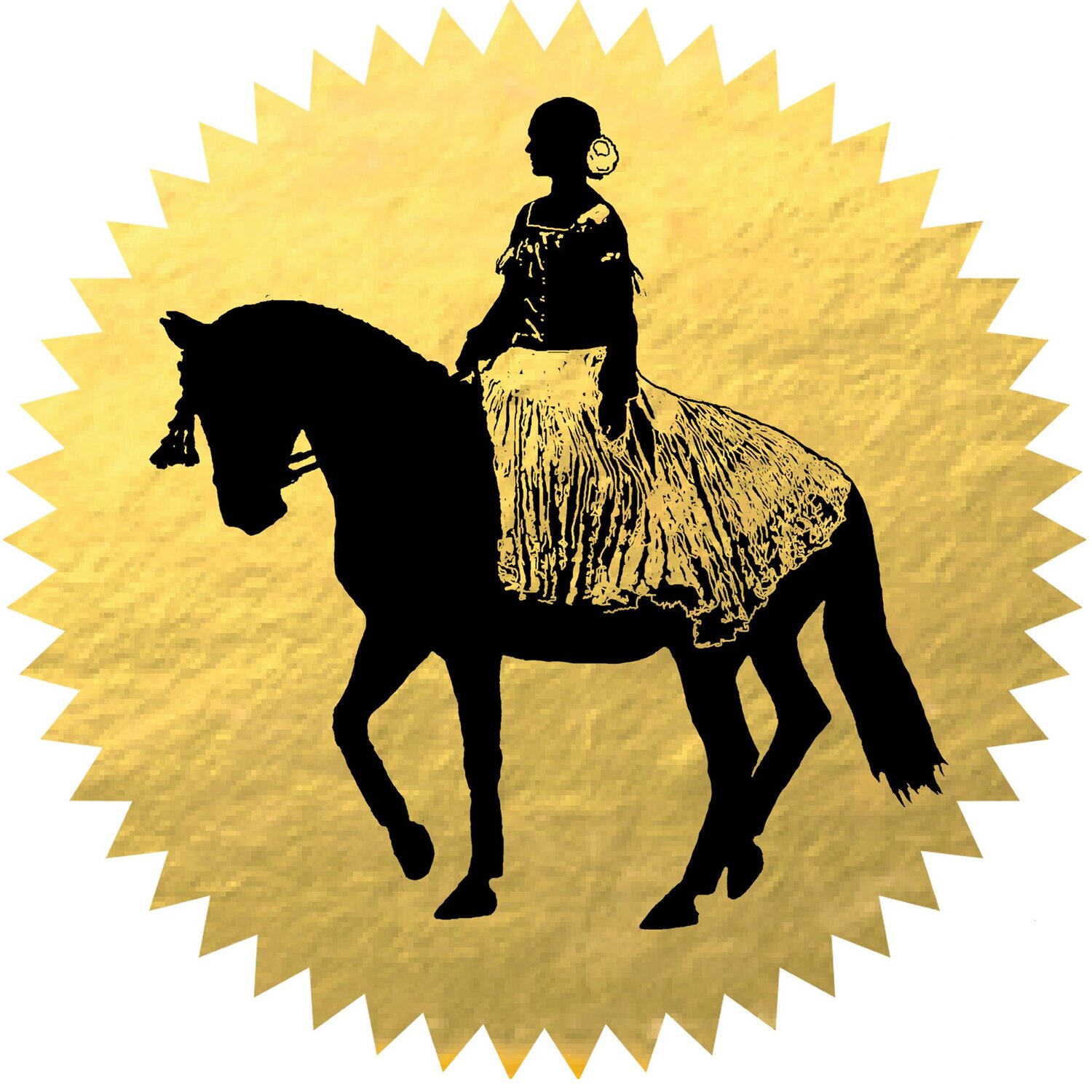Improve Your Horse's Training With Praise and Treats, Helpful Tips & Advice
/I am a huge supporter of using praise and treats when I am training my horse. I think that a well-timed treat can greatly enhance your horse's desire to learn and perform. However, if treats are given when the horse did not earn them they can definitely make a horse mouthy or sour, so timing is essential. I will be the first one to admit that I give a LOT of treats, probably too many but that is my own choice. I always use them when I teach new movements and regularly with the piaffe in-hand, trick and liberty work.
I like to think of treats as a way to activate the horse's brain. If he is really food motivated then he will use his brain to anticipate what you might ask for, thus resulting in less aids on your part because he is listening. Once the horse has learned a new movement I wean them off the treats and only use them sporadically for that specific movement. For example, in training the Spanish Walk on the ground, I started by giving my horse a treat each time he raised his leg. It was tedious, patient work because he was not naturally talented for this movement and wanted to "hang" his leg back under the body rather than reach out from the shoulder. But fast forward a few years later and we can perform an expressive Spanish Walk around the arena before he earns any treats. He loves to do the Spanish Walk and I have to be careful that I do not aid him by mistake since he likes to earn his rewards. I do not think I could have motivated him to do the Spanish Walk without treats because he found it difficult in the beginning. Some horses find the Spanish Walk very easy and a nice pat or "good boy" will work really well as their reward.
Using the Voice: The voice is definitely an instrumental tool in training. Try to use your voice with as much timing and precision as your other aids. If my horse is tense I try to talk to him, telling him what a good boy he is to give him confidence. Your voice can also be the quickest way to reward your horse when he is learning something new. If he gives you one step of piaffe or yields nicely to your leg then tell him right at that moment. Positive reinforcement is the best way to train a horse, they will want to perform for you because you make them feel confident and appreciated.
A Well Timed Pat: To reward your horse "on the go" try to stroke the neck with your inside hand during your ride at the right moment. This will help you, the rider, release the inside rein which is also an added benefit. It is also helpful in training to transition to the walk, give a long rein and a pat on the neck (along with voice) when the horse has done something really spectacular. The horse then associates a huge reward for a job well done...walk on a long rein, voice, and a pat. I do this a lot for training flying changes. After my horse does the change I reward with my voice, transition to the walk/halt, give a pat or treat and let them walk. This helps for a horse that gets nervous with changes and tries to rush or run after the change. Eventually they become calmer and more confident, wanting to do a flying change for fun! Be careful not to slap your horse too hard on the neck, this could be a little uncomfortable for them so try to stroke or rub the neck instead of hitting them too hard out of sheer enthusiasm!
Treats: There is such a wide variety of treats it really depends on what your horse likes. Apples, carrots, sugar cubes, and any other treat on the market work very well. I prefer to use peppermint treats because they are an excellent size for training and they don't get mushy like carrots and apples. I do use sugar cubes as well because of their small size and they dissolve quickly. Carrots and apples are wonderful with the Bitless Bridle because you don't need to worry about them getting stuck in the bit. Make sure you do not give the colored treats or carrots at a horse show because they will change the color of your horse's saliva and could cause a problem with show management. Especially the peppermint treats because the saliva can look almost identical to a horse that has blood in his mouth.
Training Pouch: I helped design the Treats Reward Pouch found for sale on my website (shown in the photo). This training pouch has a magnetic closure so the rider has quick, easy access with one hand. Being able to hold the reins in one hand and give a treat quickly with the other is KEY to positive association. Wearing a vest is equally as helpful but not as comfortable in the summer months when you need to wear a tee shirt or tank top with no pockets. It is also handy to unclip your pouch and leave it in your tack trunk or grooming box rather than treats ending up in the washer machine or melting in your pocket. Click here to view this training product.
I hope these suggestions will help you incorporate more praise into your training. Horses, like children, thrive on praise and positive feedback. I really feel that they start to blossom when they know the rider is thrilled with their performance and effort. I would love to know what types of treats you use with your horse and any other tips and suggestions you might recommend. Please post a comment below or send me an email at beginthedance@gmail.com.


